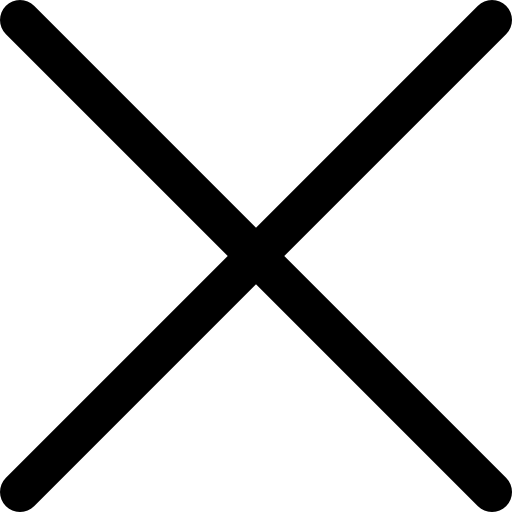When you look in the mirror, eyebrow hair, eyelash hair, and beards are all common examples of hair that appears on your face. But have you ever thought about what these specific hairs classify as? Do your eyebrow hairs, eyelash hairs, mustache, beard, and sideburns all classify as facial hair? Read more below to find out what facial hair really details.
Eyebrow and Eyelash Hair
Eyebrow hair and eyelash hair have been developed evolutionarily. They were adapted into our bodies as a biological advantage. Most scientists have concurred the development of eyelash and eyebrow hair to protect our eyes; for example, eyebrow hairs are able to prevent sweat and rain from reaching our eyes. Eyebrows also play a large part in conveying emotions. Human emotions are able to be read through eyebrow expressions. Eyelashes help to keep out dust and dirt from getting into our eyes. Eyelashes are also able to promote eye lubrication by preventing tear evaporation. Like the rest of the hair on our bodies, eyebrow and eyelash hair follow the hair growth cycle. These growth cycles all vary depending on which stage your specific hair area is in.
What is Facial Hair?
Facial hair quite literally means the hair on your face! While this definition is fairly vague, the context of facial hair does refer only to hair on specific areas on your face. The hair grown on your chin, cheeks, upper lip, and jaw is considered facial hair. Any other hair on your face does not classify as facial hair (i.e. eyebrow and eyelash hairs). Technically speaking, eyebrows and eyelashes are exactly that of hair on your face, but not the exact term of “facial hair”. It’s widely considered that facial hair is what develops later on in life, not something you’re born with (like brows and lashes). It is also commonly perceived as the hair that grows for men but not for women.
Men vs Women and Facial Hair
Genetically, males tend to grow more facial hair than women; facial hair is a sex characteristic of males. The cause for this difference is testosterone - a sex hormone which amplifies various traits in male bodies, such as body hair and voice depth. There are instances though in which women have increased hair growth (including facial hair) after menopause. Menopause is a period where there is a change in hormones for women. After menopause a woman no longer produces a menstrual cycle and experiences a change in hormones. In the instance of increased hair growth after menopause, this is mostly due to a spike in testosterone and decrease in estrogen (a female sex hormone). There are also instances where women may have hirsutism (excessive hair growth). In this excessive hair growth, there is usually an indication of a deeper hormonal variance which causes thicker, darker hair to develop in the way that many men experience hair growth.
Conclusion
It can be a little confusing, but while eyelash and eyebrow hair are hairs on your face, they aren’t necessarily facial hair. Facial hair refers to things that usually develop later on in life for males such as beards and sideburns. It all comes down to technicality – while eyebrows and eyelashes are indeed facially grown hair, they are not facial hair.
We hope this clears up any misconceptions you may have had on facial hair. If you are struggling with growing hair in general, we can help. At Revela, we dedicate our time and use of technology to help find and optimize new ingredient(s) to help with growing hair. Our Hair Revival Serum, which harnesses the power of a breakthrough new ingredient to support hair follicle health and helps to reduce the appearance of thinning hair. Try it risk free today.




